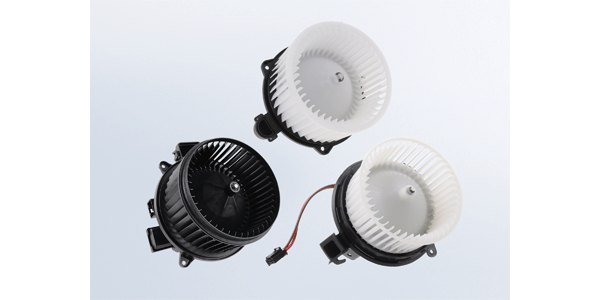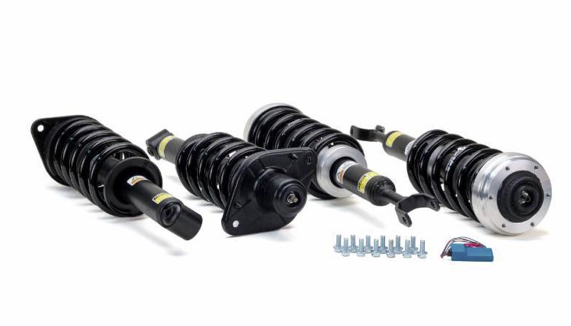By Tunc Kip
Ultimately, the proven process of scientific problem solving pays off. The DMAIC methodology offers a collection of best practices and takes a project on a journey, which begins with the Define phase and focuses precisely understanding the current challenges along with the accurate identification of the motivation behind why things should be fixed. The methodology then continues onto the Measure phase, creating a detailed picture of everything that surrounds the challenge and the potential factors affecting the future fixed state. In the Analyze phase, which comes next, the discussions around this picture offer a great deal of confidence in terms of root causes as well as potential solutions. Erected on extensive data collection done in the Analyze phase, the Improve phase reviews the picture of the situation in depth, giving way to pilot studies and recommendations for changes that will derive improvement. All preceding efforts until the end of the Improve phase prepare the project to the Control phase and leave the project owner solely with the task of identifying ways to ensure the positive impact out of recommended improvements, in the long run.
The primary focus of the Control phase is to sustain the improvements achieved in pilot studies during the Improve phase and to propose ways to maintain the required performance levels in the long run. Unlike all previous phases, Control phase is an ongoing effort and never ends, just leads to another opportunity for further improvement.
In the context of Six Sigma, a scientific approach aims for repeatability, reproducibility, accuracy and stability. Control phase is entirely about delivering a scientific recommendation based only on the findings delivered by the Analyze phase. The final recommendation in the Control phase is free of any one person’s opinion and aims to educate the individuals involved with the process to raise them to the level of understanding behind the reasons for the recommended decisions.
Often times, Control phase deliverables consist of Standard Operating Procedures, Training Manuals, Performance Monitoring Platforms, Statistical Process Control charts and more importantly a story of the project that resulted in the improvements. DMAIC offers the structure for this story to be a foundation for other stories.
Standard Operating Procedures and Training Manuals break down the process steps into the smallest action that’s necessary for successful results and offers all details about necessary the environment to enable desired outcomes. If prepared as a result of a DMAIC project, these documents will significantly differ from what’s often seen as training related documentation in organizations. Due to the approach of “walking the process” from Measure and Analyze phase, the documentation refers to a much more comprehensive description of the process.
Together with Performance Monitoring Platforms and Statistical Process Control charts, DMAIC leaves organizations with an effective and efficient method to focus on deviations in the primary metrics, rather than every individual result.
The reference to the action of controlling in this phase refers to a system that’s designed to control the process while delivering the much-expected required outcome. On the other hand, the reference to control is not a way to describe cases where efforts are put towards constant checks at each instance. The objective is still to design process controls that eliminate the possibility of defects and focus on identifying variation. Such process controls will save resources spent on checking non-defective instances and allow greater attention on identifying the variation and it’s underlying causes.
A critical attribute that’s much needed for long-term success of Control phase is the ongoing support from leadership. Only if the leadership demands the information to be presented in the manner recommended in Control phase deliverables, only if the processes are monitored by the platforms that are designed as a result of control phase recommendations, the improvements will remain as seamless pieces of the future state of the process.
In Green Belt training, it’s emphasized that most performance metrics calculate a theoretical Sigma level for the processes, in other words a short term Sigma. It’s excepted for systems deteriorate over time and individuals involved develop habits that differ from the initial instructions, therefore, project owners are suggested to refer to the long term Sigma, which is a 1.5 Sigmas reduction on the short term Sigma. The intention here is to take a more conservative perspective to the improvement efforts and encourage a constant initiative for greater quality.












